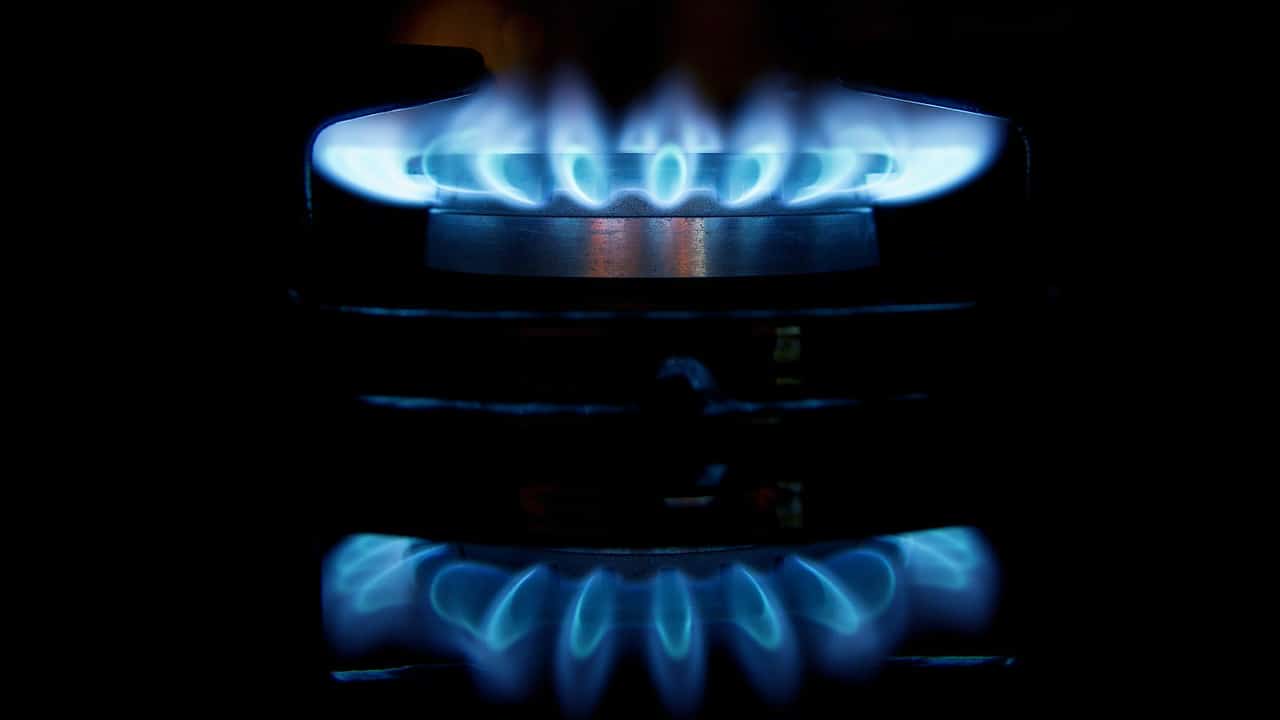It has been a tough year for natural gas investors and producers. Despite hopes that growing demand for use in electricity generation as well as increasing use in heating and emerging shortages in specific markets, the so-called clean fossil fuel has seen its value plummet by 12% since the start of 2018.
Natural gas’s prolonged weakness is weighing heavily on those drillers focused on its production like Peyto Exploration & Development (TSX:PEY), which is down by 14% for the same period.
Now what?
The International Energy Agency (IEA) has taken a relatively bullish outlook for natural gas, predicting that demand will expand by around 1.6% annually between now and 2023. Much of that growth is anticipated to come from China, which is forecast to become the world’s largest net importer of natural gas by around 2020, buttressed by policies designed to reduce air pollution by reducing the amount of coal consumed. This — along with the push to gas-fired power generation as well as growing industrial and residential demand — is expected by some analysts to support a notable uptick in prices.
Nonetheless, there are those analysts who believe that natural gas, despite its latest rally, which sees the Henry hub price at US$3.15 per million British thermal units (MBtu), is poised to enter another protracted slump. While there is a significant increase in demand for what is being characterized as the clean fossil fuel, it won’t be enough to spark a concerted rally.
You see, it is anticipated that natural gas supplies will expand at a rapid clip for the foreseeable future. A large amount of this will by driven by the U.S. shale oil industry, which, according to the IEA, will lead global gas production growth over the next five years.
While the advent of a cold winter will support higher short-term prices, the expectation is that over the long term the expected growth of natural gas production will eclipse demand, keeping a lid on prices. An aggregate of forecast natural gas prices, the fuel’s spot price, indicates that it is expected to fall to around US$2.80 per MBtu by the end of 2020, which is almost 14% lower than the current market price. That doesn’t bode well for an industry which has weathered a prolonged slump, which — with the exception of seasonal spikes — has existed since late 2009, putting pressure on the profitability of natural gas producers.
So what?
The impact of a further slump on pure natural gas drillers such as Peyto would be significant. Around 90% of the company’s production is weighted to natural gas, and this has had a marked impact on its financial performance because of weaker gas prices. For the second quarter 2018, Peyto reported that earnings had fallen by 24% year over year to $30.4 million. This decline was caused by a 6% decrease in production and 5% downturn in the average realized price received by Peyto for its oil and gas output, despite higher crude. The noticeable drop in the average realized sale price for the quarter was caused by natural gas prices being around 7% lower than they were for the equivalent period in 2017.
Of some concern is that for the second quarter, Peyto’s operating expenses rose sharply, increasing by 5% year over year to $0.89 per million cubic feet of gas produced. The only positive outcome of note in Peyto’s second-quarter results was that the average realized sale price for natural gas liquids and crude climbed significantly because of oil’s sustained rally to see that portion of its production receive an average sale price, which was 32% higher year over year.
These factors — along with the poor outlook for natural gas — emphasize the unattractiveness of investing in natural gas producers, even a low-cost producer such as Peyto.









